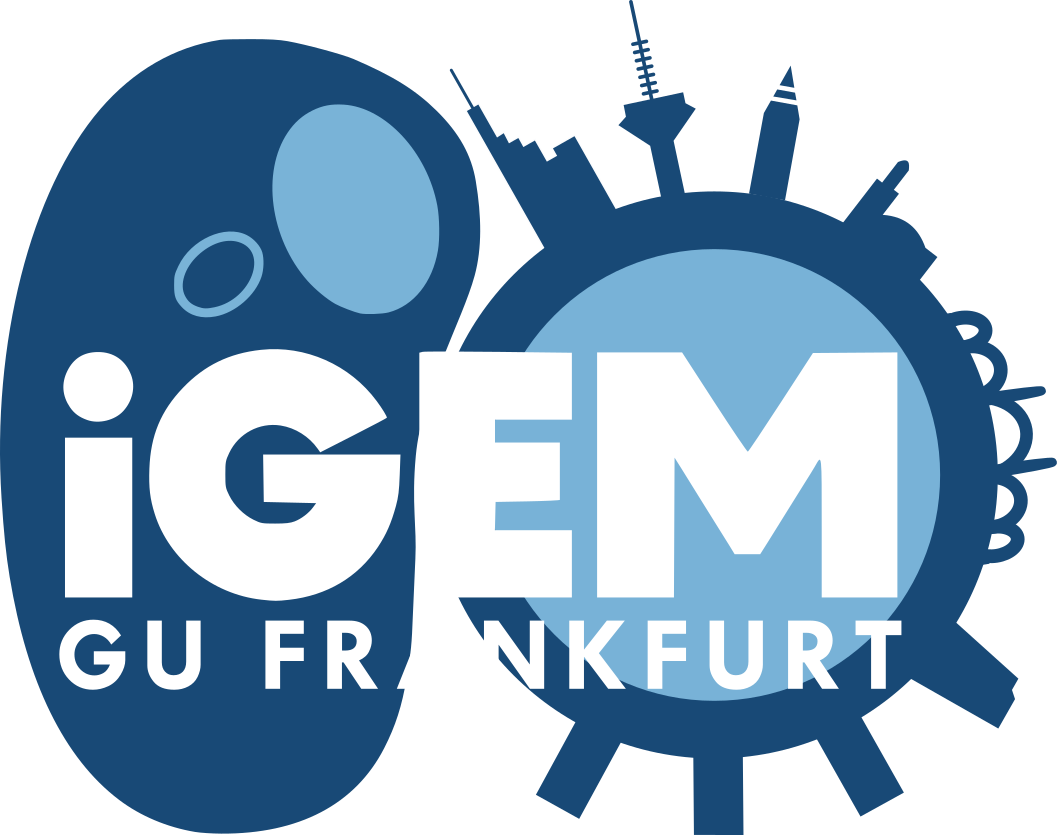Project Outline
The iGEM (International Genetically Engineered Machine) competition is an annual international competition that brings together teams from around the world to design, build, and test novel biological systems using synthetic biology. The competition provides a platform for students to showcase their creativity, scientific and engineering skills, and entrepreneurship by addressing real-world problems through biological solutions. This year’s iGEM-Team from Frankfurt is tackling one of the biggest problems facing mankinds future, antibiotic resistance.

Figure 1:
Deaths attributable to antimicrobial resistance (AMR) every year. Figure adapted from (Jim O’Neill 2016)
Antibiotic resistance has emerged as one of the leading threats to global health and food safety in the 21st century and was classified by the World Health Organization as an emergent threat, needing immediate and coordinated combat worldwide. While new resistance mechanisms emerge and spread, the treatment of a growing list of infections become
increasingly harder, with estimations proposing that by 2050 antimicrobial resistance (AMR) could take up to 10 million lives each year (Jim O’Neill 2016; Nguyen et al. 2021).
Reasons for the rapid emergence of new multi-resistant pathogens are primarily the over- and misuse of antibiotics in healthcare and agriculture and the resulting environmental pollution. Our waterways suffer the most severe pollution, as they unite the wastewater of pharmaceutical companies, agriculture, and hospitals. This water combines in wastewater treatment plants (WWTPs), which now create a selection pressure that favours the development of new antibiotic
resistances and promote horizontal gene transfer, a mechanism by which antibiotic resistance genes are spread in bacteria (Grehs et al. 2021; Larsson and Flach 2022). Simultaneously, inadequate treatment of the contaminated water promotes the release and spread of resistant pathogens into the environment. Therefore, wastewater treatment plants
are a critical point for the acquisition and spread of antibiotics and the implementation of good detection and treatment technologies is essential. While there are some options to identify and monitor antibiotic resistant bacteria and antibiotic resistance genes in the wastewater, most of them are time-consuming and expensive requiring skilled professionals to perform the quantification (Langbehn et al. 2021).
We have made it our mission to simplify this process and develop a microbial whole-cell biosensor immobilized on paper strips or in alginate capsules, to make detection inexpensive and more widely available (Stocker et al. 2003). To expand our biosensor to adapt to the high variability of commonly used antibiotics, we want to use protein engineering methods like mutational studies, combined with MD-simulations and wet-lab protein characterisation.
Our biosensor is based on beta-lactam sensor proteins, which grant bacteria antibiotic resistance by triggering expression of beta-lactamase enzymes, which inactivate the antibiotics chemically. Beta-lactams such as penicillin and cephalosporins are the antibiotic class most associated with resistance and contamination in healthcare settings. Using the two-component system VBrK/VbrR from Vibrio parahaemolyticus (Li et al. 2016) and BlaR1/BlaI from Staphylococcus aureus (Alexander et al. 2023), we want to develop a biosensor which will induce the expression of reporter genes upon detection of antibiotics (Figure 2). Upon binding of those antibiotics, both proteins induce the expression of resistance genes by different mechanisms.

Figure 2:
Mechanism of our beta-lactam sensing microbial whole-cell biosensor. This figure was created with BioRender.com.
Upon the presence of beta-lactam antibiotics the biosensor, immobilized on paper-strips, will create a visible signal. This signal is produced by the reaction of a reporter enzyme, the beta-Galactosidase (GalZ), whose expression is induced by the two-component system VbrK/VbrR. As a sensor histidine kinase, VbrK binds beta-lactam antibiotics and auto- phosphorylates. A subsequent phosphor-transfer to the response regulator VbrR induces the expression of the reporter enzyme.
We will also try to establish this biosensor using the beta-lactam signalling receptor BlaR1, which senses the presence of beta-lactam antibiotics through an acetylation of its sensor domain. By conformational change, this leads to the activation of a metalloprotease domain, that is now able to cleave its substrate BlaI. This cleavage leads to the disassembly of a dimer, which was previously used for the transcriptional repression of two resistance genes, blaZ, a beta-lactamase and mecA, a resistant cell wall transpeptidase. By replacement of these resistance genes with our respective reporter genes, we will be able to detect and quantify beta-lactam contaminations using this system as well. In 2023, a cryo-EM structure of BlaR1 was published by Alexander et al., with which it was possible to further elucidate the mechanism of beta-lactam sensing and resistance activation (Alexander et al. 2023). We want to use this structure as a basis for directed mutational studies inside the beta-lactam binding pocket, with the aim of optimizing the specificity of BlaR1 for different beta-lactam antibiotics. This will be done with a bioinformatic approach using MD-simulations and docking experiments with subsequent wet-lab purification and characterization of the determined protein variants.
In his review on antimicrobial resistance, Jim o`Neill presents a compelling approach to tackle the growing problem of drug-resistant pathogens globally. Apart from the development of better surveillance mechanisms and tools for rapid detection, increasing public awareness for the emerging threat of antimicrobial resistance is a major part (Jim O’Neill 2016). As part of the iGEM competition, we will make every effort to raise awareness for this topic and encourage the discussion, by presenting our project on multiple science fairs and lastly, the Grand Jamboree in Paris.
Through our efforts we want to actively participate in the global fight against the spread and development of multi-resistant pathogens. By developing our biosensor for reliable and affordable detection, we will join the global initiative to combat this silent pandemic that, if left unaddressed, will take millions of lives.
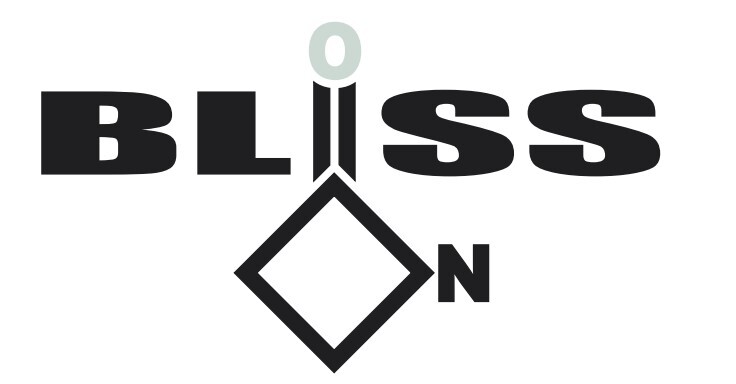
Meet The Team
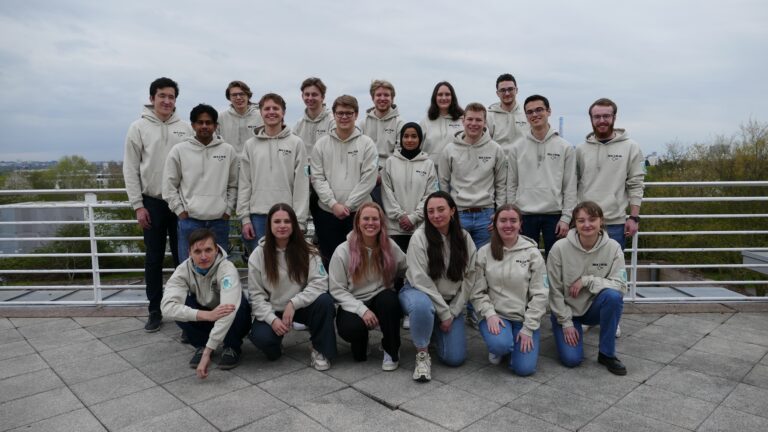
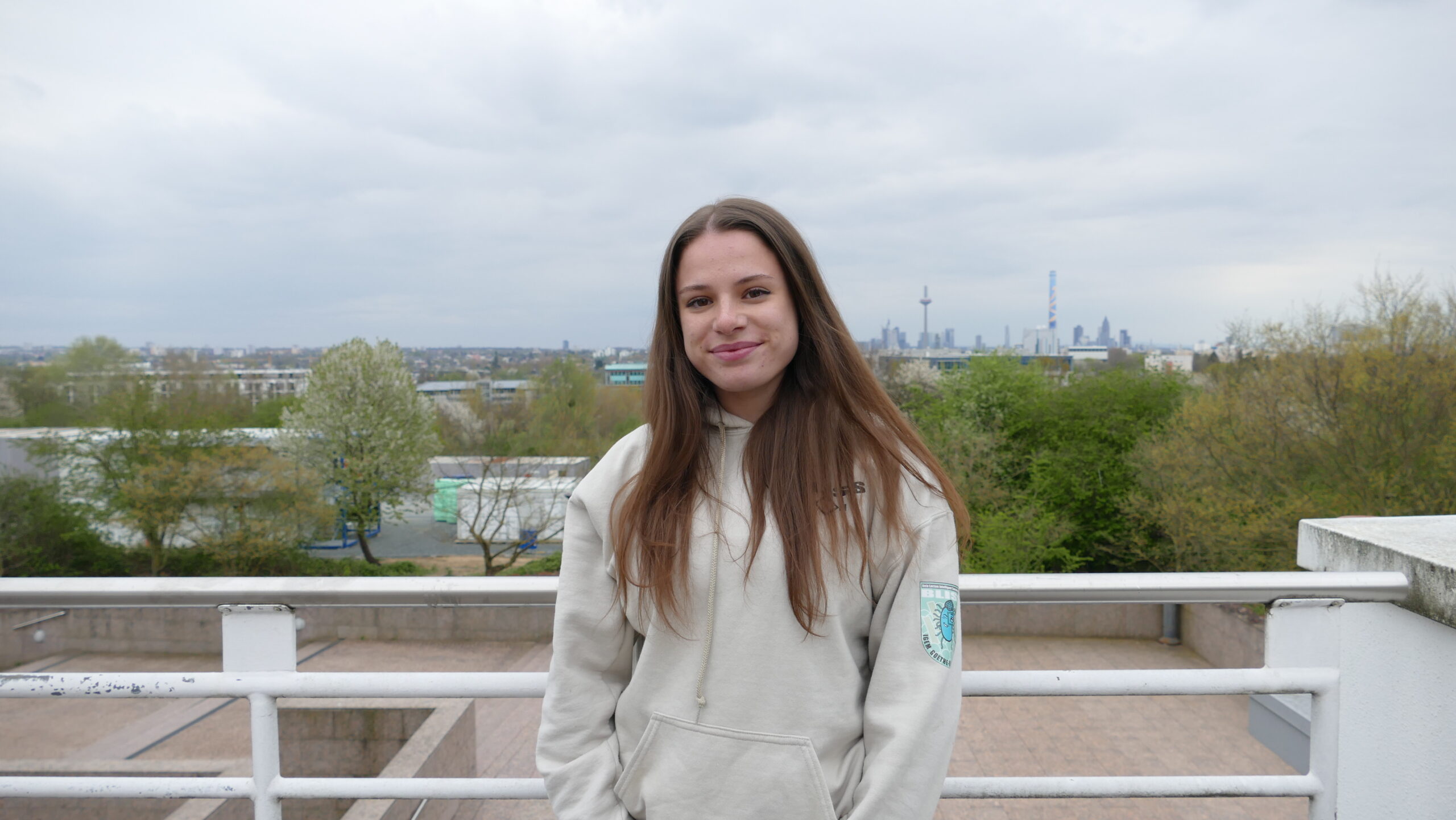
Julia Grass
Team Lead - Biochemistry M.Sc.

Olivia Mozolewska
Team Lead - Physical Biology of cells and cell interaction
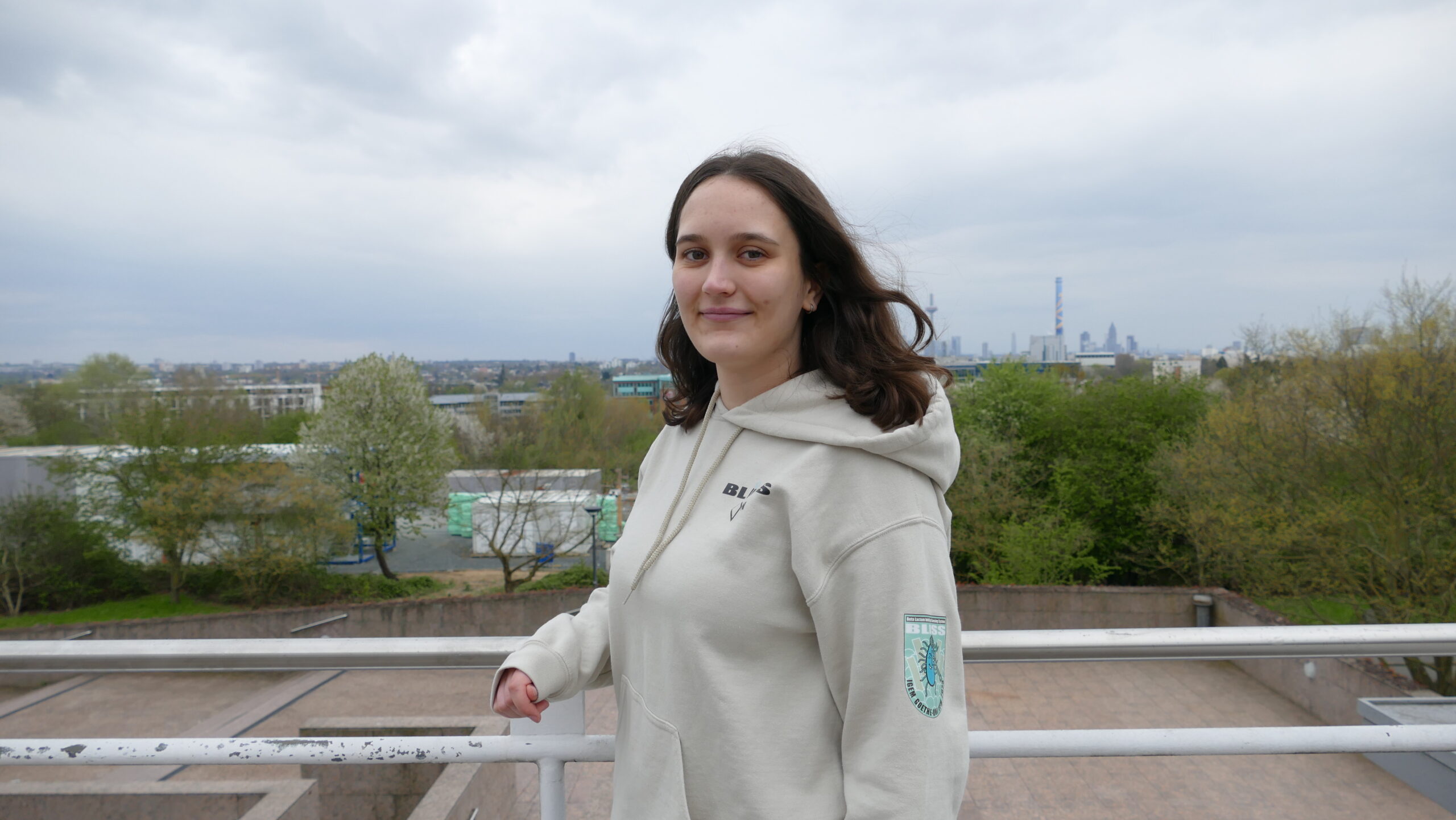
Carolin Parthun
Lead Wet Lab - Biochemistry M. Sc.

Johannes Blanke
Wet lab - Biochemistry M.SC.

Sebastian Beinert
Wet lab - Biochemistry M. SC.
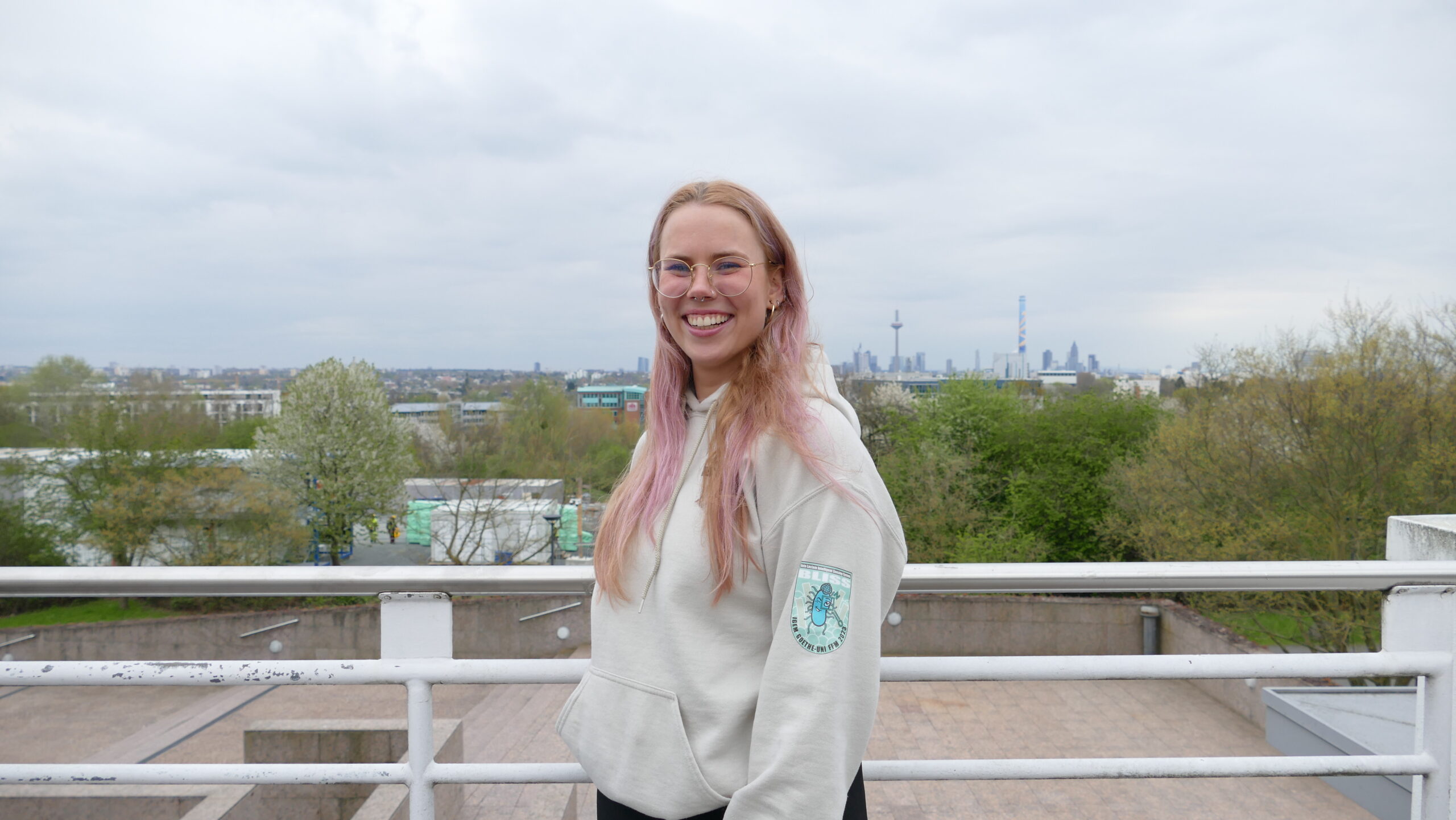
Alexandra Miszczyk
Wet Lab - Moleculary Biology M. Sc.

Aurelia Baur
Wet lab - Biological Sciences B. SC.

Alexander Vietze
Wet Lab - Biochemistry B. Sc.
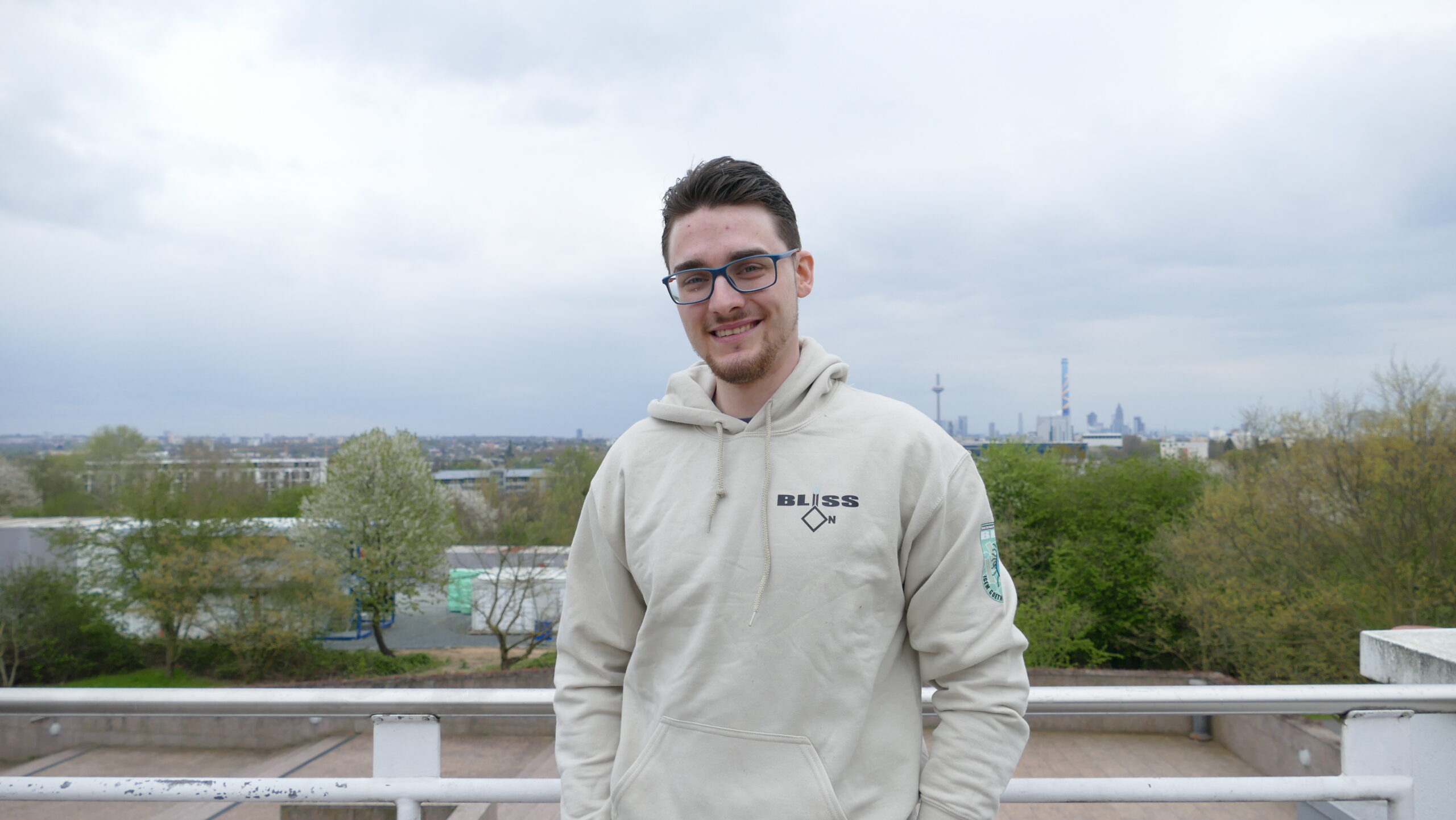
Christian Ickes
Lead IT - Bioinformatics M. Sc.

Katharina Lenhart
IT - Bioinformatics M. Sc.

Tabea Merlevede
IT - Bioinformatics M.Sc.

Jan Metzler
IT - Bioinformatics B. Sc.

Simon Budinsky
IT - Physics B. Sc.

Christian Kolland
IT - Bioinformatics M.Sc.

Nico Bohlinger
IT - Bioinformatics M.Sc.

Adrian Romberg
Lead Finance - Bioinformatics M. SC.
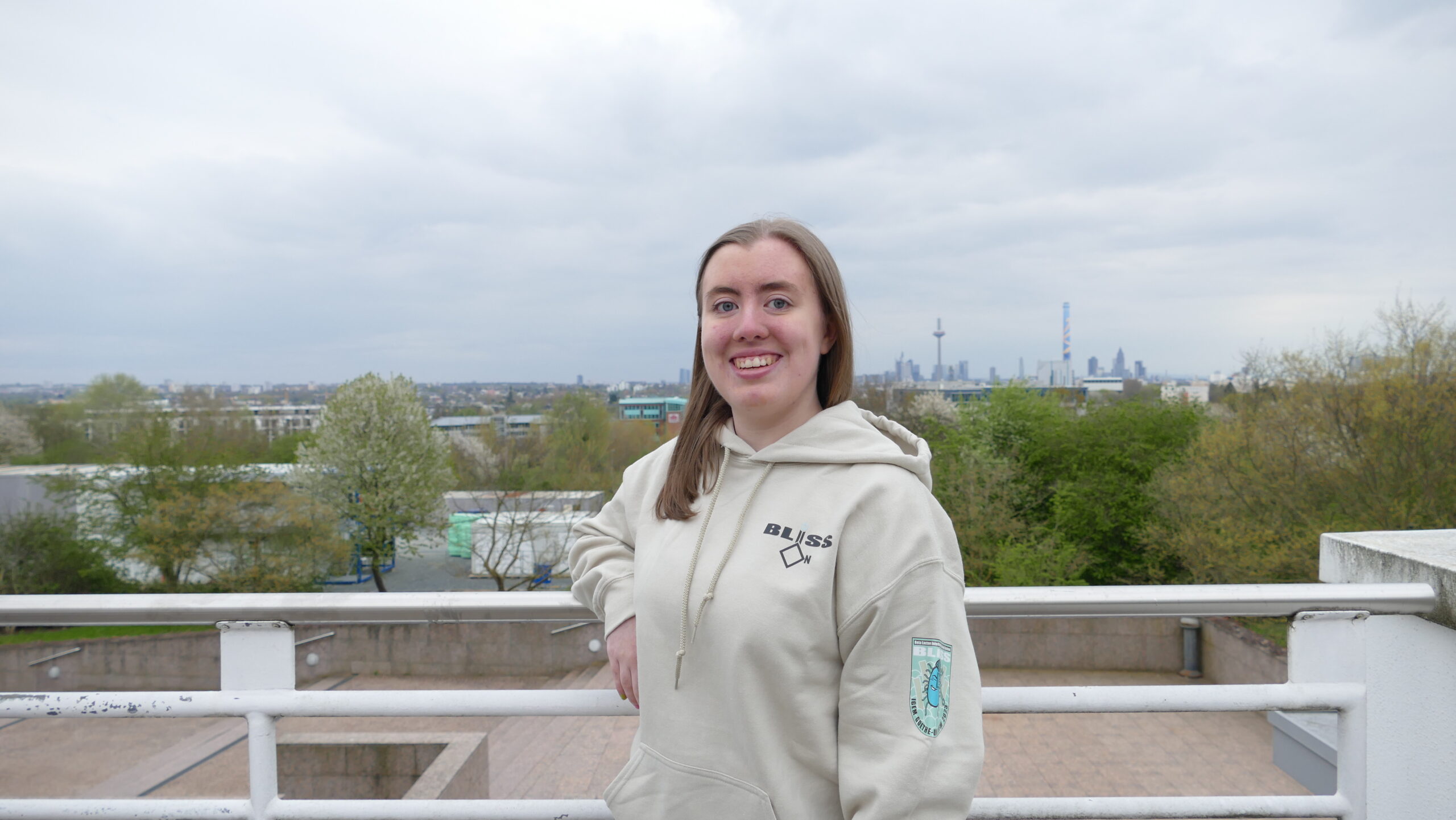
Charlotte Müller-Rehbehn
Finance - Moleculary Biology M. SC.

Kathiravan Ezhilan
Finance - Physical Biology of cells and cell interaction

Melo Puspathasan
Lead HR - Physical Biology of cells and cell interaction

Faustino von Maxen
HR - Biochemistry B. SC.
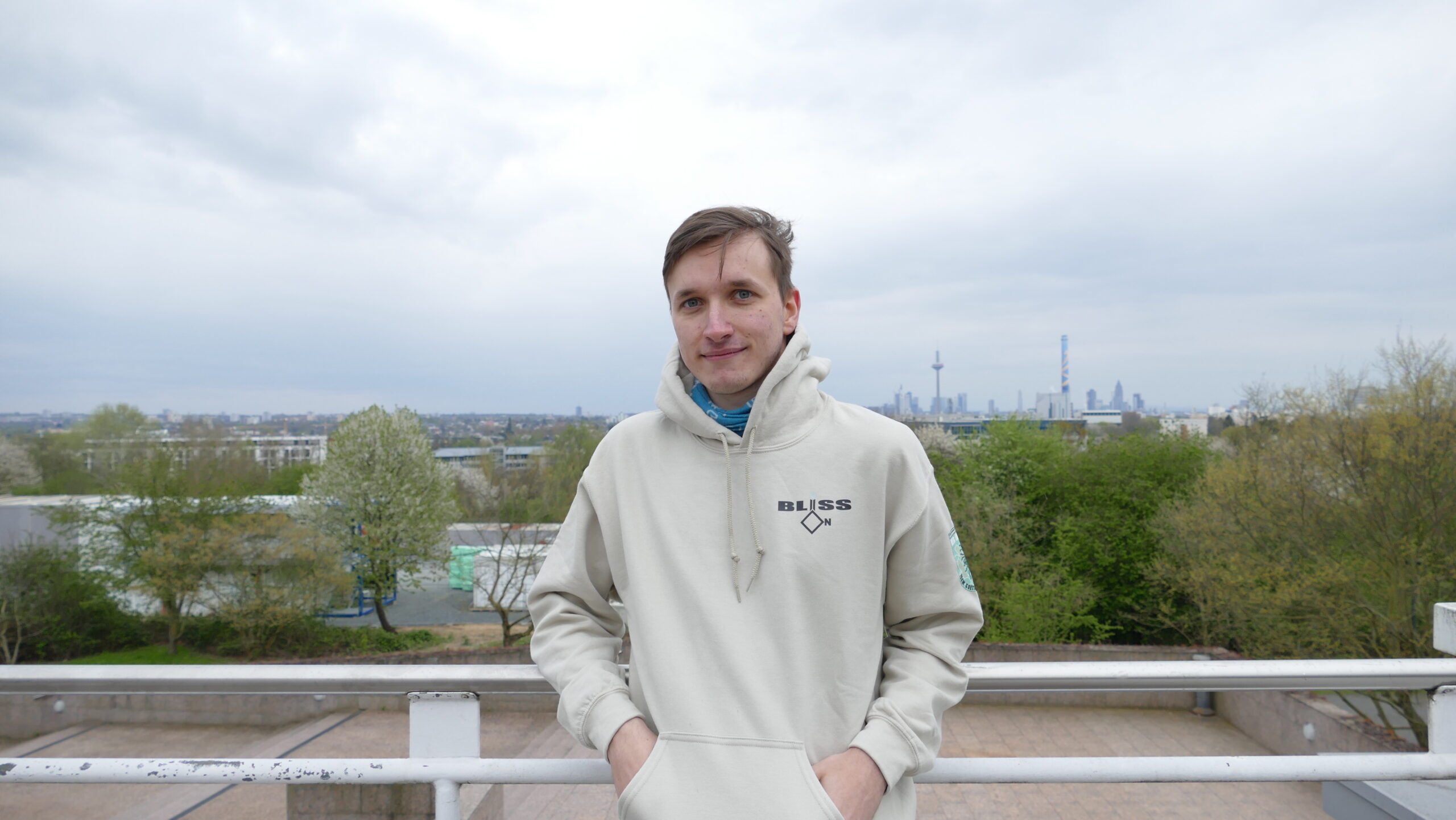
David Repp
HR - Biochemistry B. SC.

